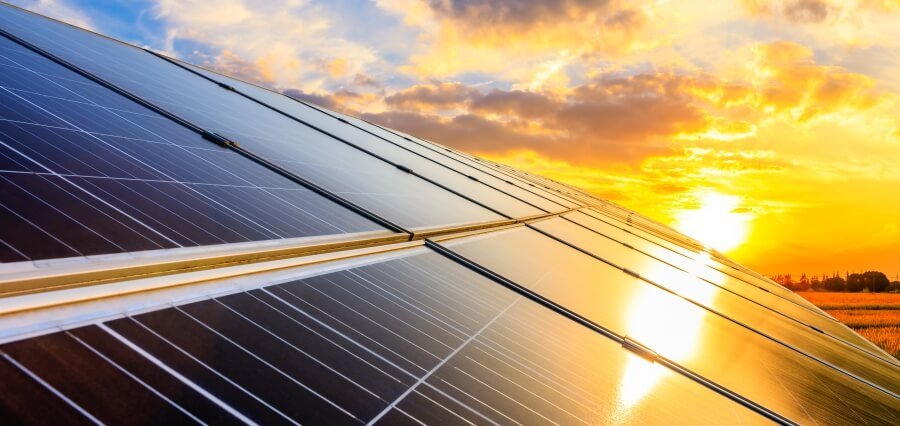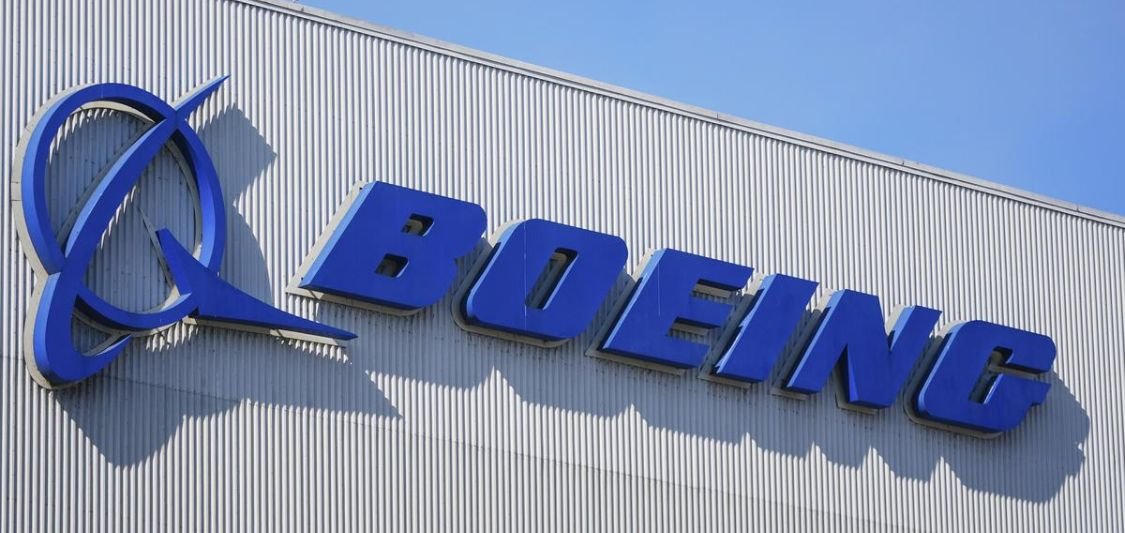Prime Highlights
- Apple has decreased its worldwide greenhouse gas emissions more than 60% since 2015 and is working to become fully carbon neutral by the year 2030.
- Apple uses clean power, recycled elements, and factory innovation to address its environmental goals.
Key Facts
- In one year alone in 2024, Apple has prevented 41 million metric tons of carbon from being emitted.
- 8 gigawatts of clean energy are running in Apple’s supply chain.
- 99% recycled rare earth materials and cobalt are now utilized in core Apple components.
Key Background
Apple has made tremendous strides in the environmental space, now reporting a 60% decrease in global greenhouse gas emissions since 2015—a significant milestone toward its Apple 2030 goal of complete carbon neutrality in its business operations and product life cycle. The achievement comes in tandem with Earth Day observances and highlights Apple’s comprehensive approach across clean energy, sustainable materials, water conservation, and waste reduction.
Much of this success has its foundation in the adoption of renewable energy. Apple’s supply chain is powered today by 17.8 gigawatts of clean energy, sidestepping 21.8 million metric tons of greenhouse gases during 2024 alone. Further, energy efficiency measures in supplier operations saved an additional 2 million metric tons of emissions.
In addition to energy, Apple is tackling industrial process emissions, particularly from semiconductor and display production. Apple has gotten commitments from 26 semiconductor and 100% of direct display suppliers to remove at least 90% of fluorinated greenhouse gases by 2030. These efforts together mitigated 8.4 million metric tons of emissions in 2024.
Apple has also increased its application of recycled materials. As of 2025, almost all magnets used in Apple products have 99% recycled rare earth elements, and batteries engineered by Apple contain 99% recycled cobalt. These adjustments significantly minimize the environmental footprint of hardware manufacturing.
On the product side, Apple’s newest MacBook Air includes more than 55% recycled material—the highest percentage within any Apple product yet. The first carbon-neutral Mac mini also entered the market recently, along with carbon-neutral models of every Apple Watch.
Waste reduction has also been a priority: Apple’s Zero Waste initiative sent 600,000 metric tons away from landfills in 2024 alone, for a total of 3.6 million metric tons since 2015. Apple and suppliers have conserved more than 90 billion gallons of clean water since 2013 in water stewardship, with a 42% reuse rate accomplished last year.
With five years remaining until its 2030 target, Apple is pushing forward with innovative solutions, industry collaborations, and public engagement to meet its sustainability ambitions.









